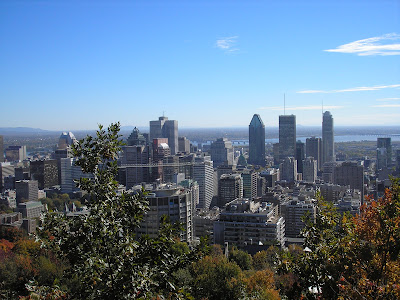Early on the US Federal government, and especially the Anti-Federalist contingent, resisted building a naval force for financial reasons as well as for fear of provoking action with the European imperialistic powers. However, as piracy, impressment by the Royal Navy, and an undeclared naval war with France continued to grow, the need for a Navy became unavoidable.
In 1794, the House passed a bill allowing for the construction of the "original six frigates." Designed by Joshua Humphreys of Philadelphia, they were constructed in shipyards across the young country. The USS United States was built right in Philly and went on to have an illustrious career, famously capturing the HMS Macedonian in the War of 1812.
source: wikimedia commons
Of the six, the USS Constitution "Old Ironsides" still remains, berthed at the Charlestown Navy Yard. Her history is amazing, especially her performance in the War of 1812 when she defeated 5 British warships.
I find late 18th century and early 19th century naval history fascinating, and have been working my way through the Aubrey-Maturin series of books by Patrick O'Brian (of Master and Commander fame) and absolutely loving them. What is most amazing about America's "original six" is the success they had against the greatest navy of all time. Why were early American warships so lethal against their well-trained and powerful Royal Navy counterparts? Thats a good question.
The Constitution with its topgallant and royal masts rigged:
source: fas.org
source: flickr user Christine4nier









